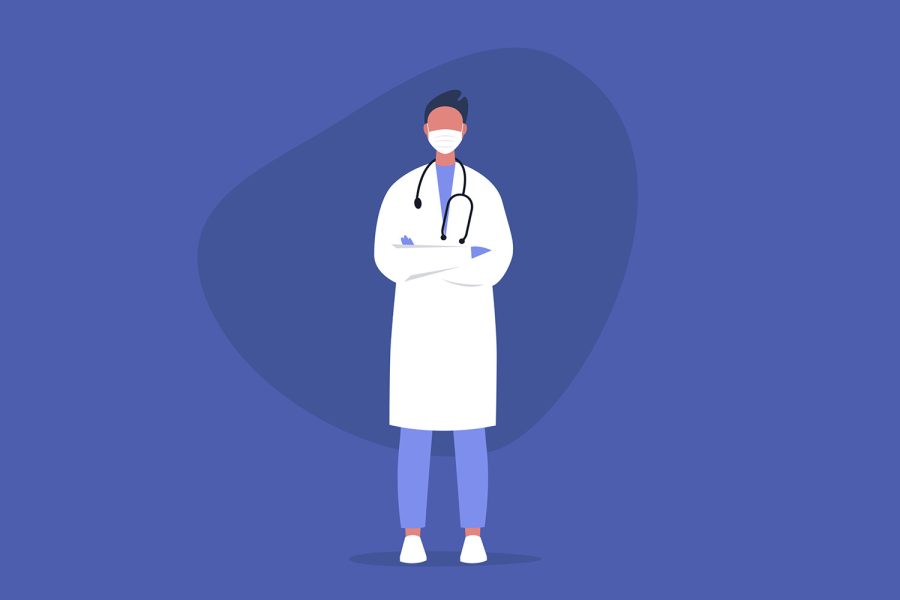A June study from the University of Iowa’s Public Policy Center found that only 3 percent of Iowa’s children were without health insurance as of 2010.
That figure is down from 6 percent in 2000 and well below the national rate of 8 percent.
The study, based on a scientific survey conducted between fall 2010 and spring 2011, found that children in lower-income families were proportionally less likely to have health insurance, but even among that group, only around 5 percent of kids lacked health insurance.
According to the study’s data, Iowa has the fourth-highest rate of health insurance for children in the country.
The near ubiquity of health insurance among Iowa’s children can be attributed, in large part, to the wide availability of public insurance. More than one-fifth of Iowa’s children under 18 have public insurance either through Medicaid or, to a lesser extent, Hawk-I, the state’s version of the Child Health Insurance Program.
These public programs, incidentally, provide insurance that rivals or outpaces private insurance. According to the study results, approximately 56 percent of parents with children on public health insurance say that their child’s coverage is “excellent.” Only 37 percent of parents of children with private insurance rated their coverage similarly.
Despite the success of these programs in providing quality health insurance to many of Iowa’s children, the state still needs to make the final push to cover every child.
The effects of a lack of health insurance on a child are severe and can negatively affect her or his life well into adulthood. A 2009 study led by researchers from the Johns Hopkins Children’s Center found that a lack of health insurance may have led to as many as 17,000 children in American hospitals over two decades.
The study found that uninsured children were 60 percent more likely to die in the hospital than insured children.
Studies also show that a lack of insurance lowers the likelihood that a child is properly immunized and limits access to adequate primary health care.
Given that the remaining population of uninsured children is relatively small in Iowa, finishing the job and insuring the rest wouldn’t be terribly difficult or costly. The necessary programs are in place.
The UI report notes that a majority of Iowa’s uninsured children are eligible to be insured under either Medicaid or Hawk-I. In fact, if every eligible child were signed up for public health insurance, 99 percent of Iowa’s children would be ensured.
The Affordable Care Act, which requires individuals to purchase health care, could lead to a further reduction in the number of uninsured children as the number of uninsured families falls. The UI researchers expect the Affordable Care Act’s effect to be modest in this regard, however, considering that there are so few uninsured kids already.
It’s clear that in Iowa the exciting goal of establishing universal health insurance is within reach. The state should work to ensure maximum enrollment in public health programs. Such a move would be a step toward a healthier generation and a step toward establishing an equal opportunity for all of Iowa’s young people to succeed.






